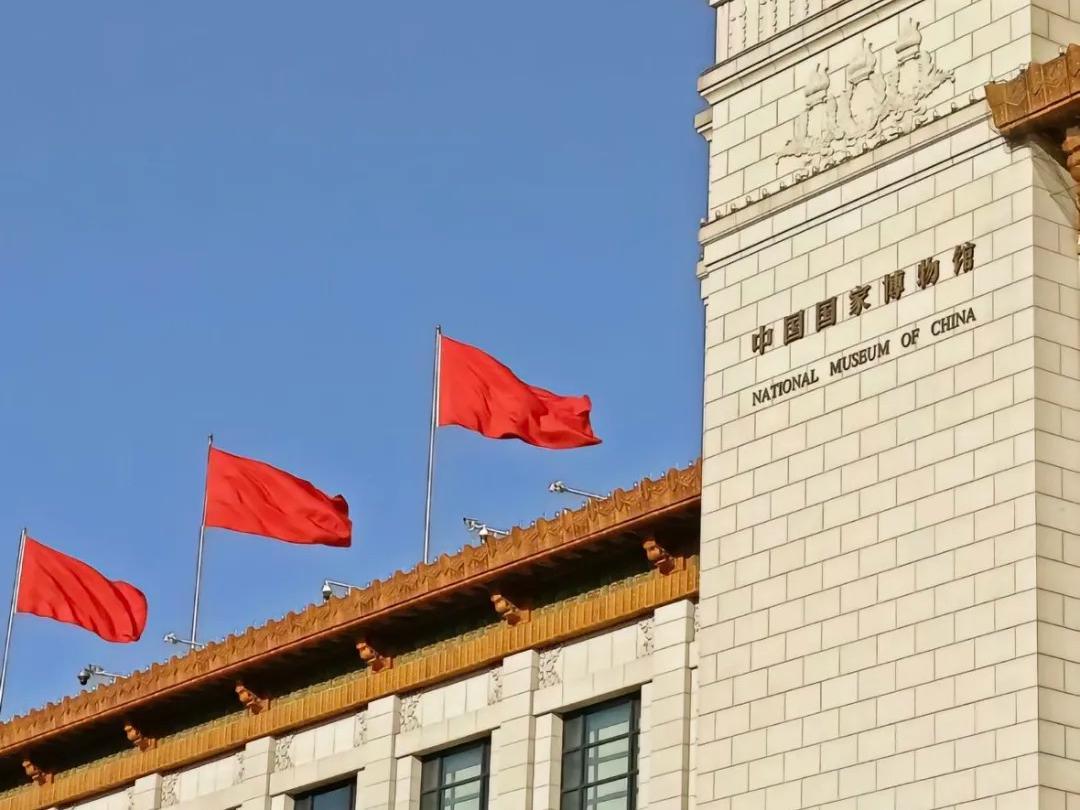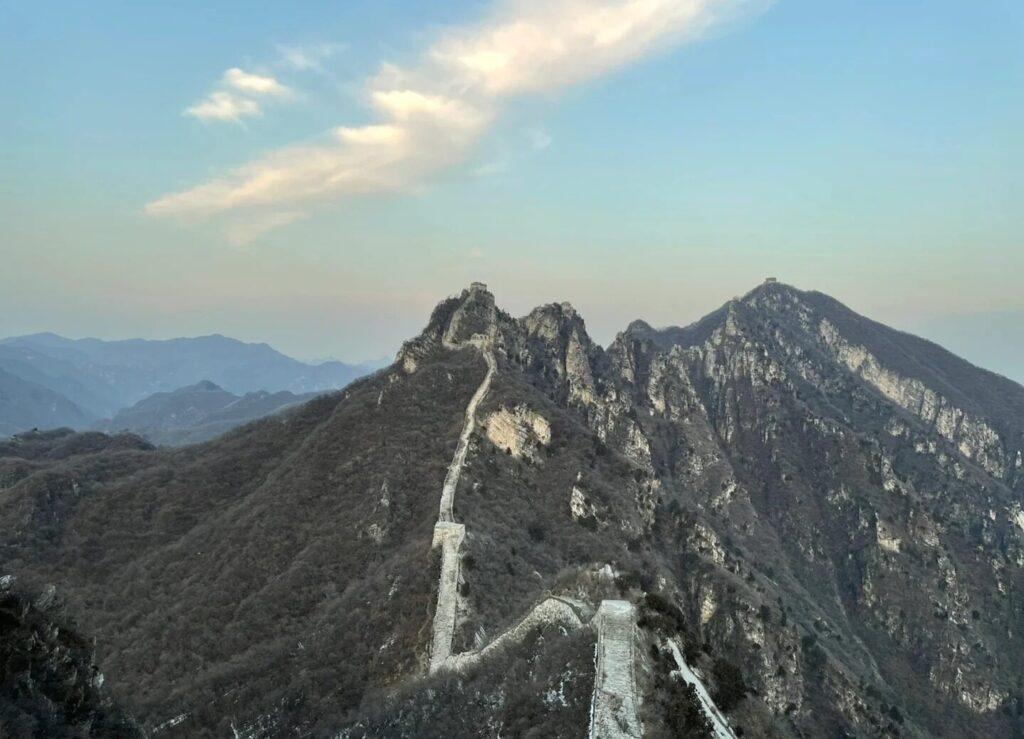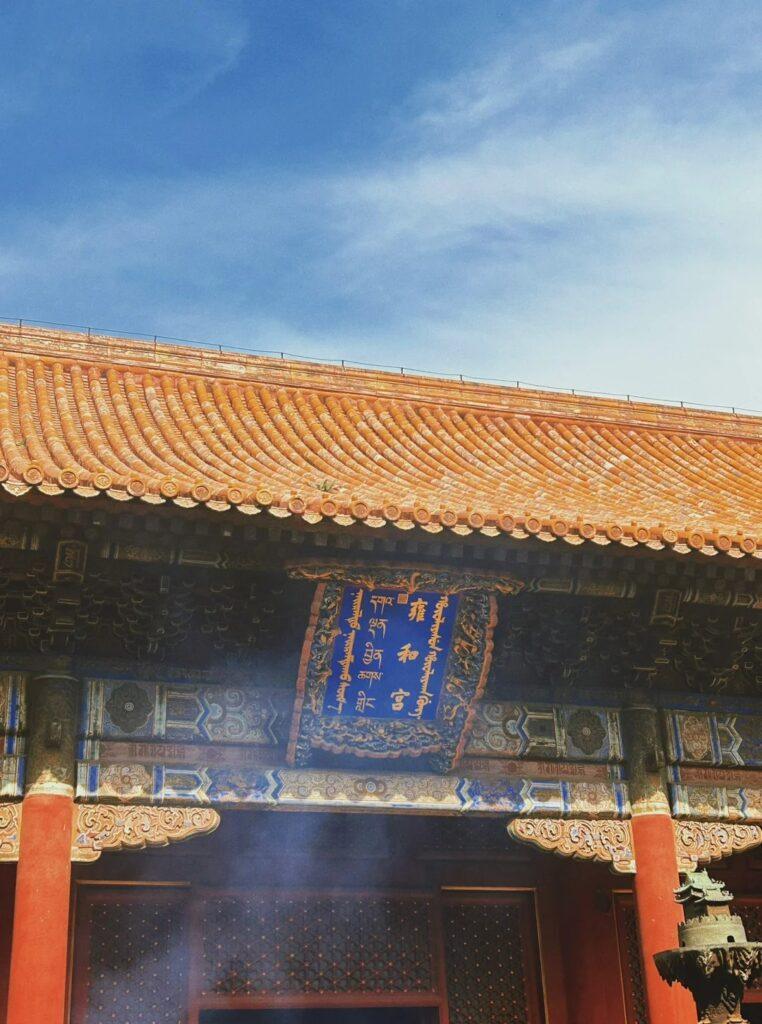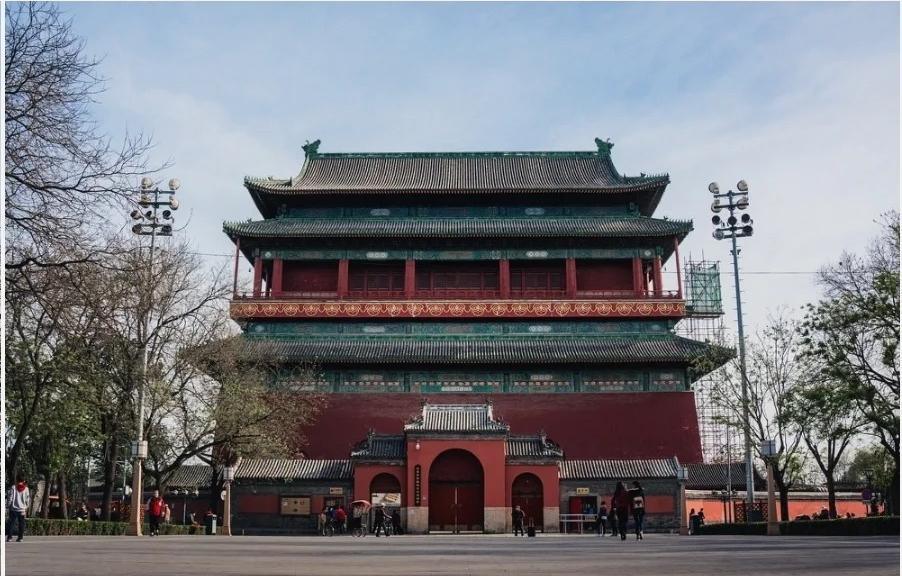Visiting Information
| Information | Details |
|---|---|
| Chinese Name | 中国国家博物馆 (Zhōngguó Guójiā Bówùguǎn) |
| Location and Address | 16 East Chang’an Avenue, Dongcheng District, Beijing, China |
| Opening Time/Hours | Tuesday to Sunday: 9:00 AM – 5:00 PM (Last entry at 4:00 PM) Closed on Mondays (except for national holidays) |
| Entrance Fee | Free (Reservation required) |
| How to Get There | By Metro: Line 1 to Tiananmen East or Tiananmen West Station By Bus: Bus routes 1, 2, 5, 10, 20, 52, 59, 82, 90, 99, 120, or 126 to Tiananmen Square East Station By Taxi: Tell the driver “Zhongguo Guojia Bowuguan” |
| Best Time for Visit | Spring (March to May) and Autumn (September to November) for comfortable weather and fewer crowds |
| Contact Info | +86 10 6511 6400 Email: [email protected] |
Overview
The National Museum of China, located on the eastern side of Tiananmen Square in Beijing, is one of the largest museums in the world. It houses a vast collection of artifacts that showcase the rich history and culture of China from prehistoric times to the modern era. With over 1.3 million items in its collection, the museum offers visitors a comprehensive view of Chinese civilization and its contributions to world history.
Historical Background
The National Museum of China was established in 2003 through the merger of two separate museums: the Museum of Chinese History and the Museum of the Chinese Revolution. The original buildings were constructed in 1959 as part of the “Ten Great Buildings” project to celebrate the 10th anniversary of the founding of the People’s Republic of China. After extensive renovations from 2007 to 2011, the museum reopened with significantly expanded exhibition space and modernized facilities.
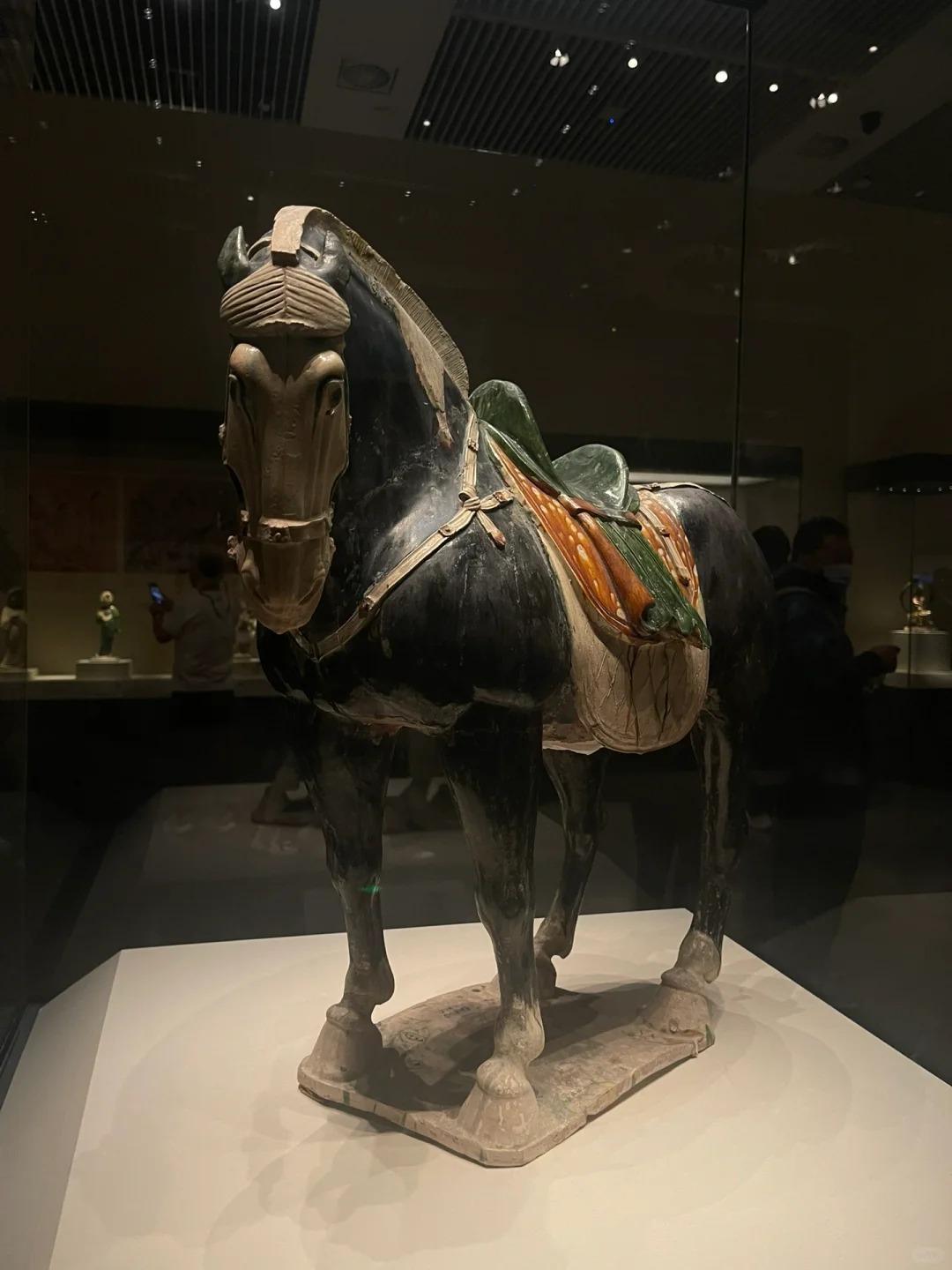
Architectural Features
- Exterior Design: The museum’s facade blends traditional Chinese architectural elements with modern design. The building features a grand colonnade and a large central dome, symbolizing the unity of China’s past and present.
- Exhibition Halls: With over 190,000 square meters of exhibition space spread across multiple floors, the museum houses numerous galleries dedicated to different periods of Chinese history and special exhibitions.
- Central Hall: The impressive central hall features a grand staircase and is adorned with historical murals, setting the tone for the museum’s extensive collections.
- Modern Facilities: The renovated museum includes state-of-the-art conservation laboratories, a digital theater, and interactive exhibits that enhance the visitor experience.
Cultural Importance
The National Museum of China plays a crucial role in preserving and showcasing China’s cultural heritage. It serves as a national symbol of Chinese history and civilization, educating both domestic and international visitors about China’s long and rich past. The museum’s extensive collection and research facilities make it a center for historical and cultural studies, contributing significantly to the understanding and appreciation of Chinese culture worldwide.
Surrounding Attractions
- Tiananmen Square: Located directly across from the museum, Tiananmen Square is the world’s largest public square and a symbol of China’s political heart. It’s surrounded by significant buildings and monuments, including the Great Hall of the People and the Monument to the People’s Heroes.
- Forbidden City: Just north of Tiananmen Square, the Forbidden City is the former imperial palace complex of China. It offers visitors a glimpse into the lives of Chinese emperors and the intricate architecture of imperial China.
- Wangfujing Street: A short walk east from the museum, Wangfujing is one of Beijing’s most famous shopping streets. It offers a mix of traditional Chinese and modern international brands, as well as a popular food street where visitors can try various local delicacies.
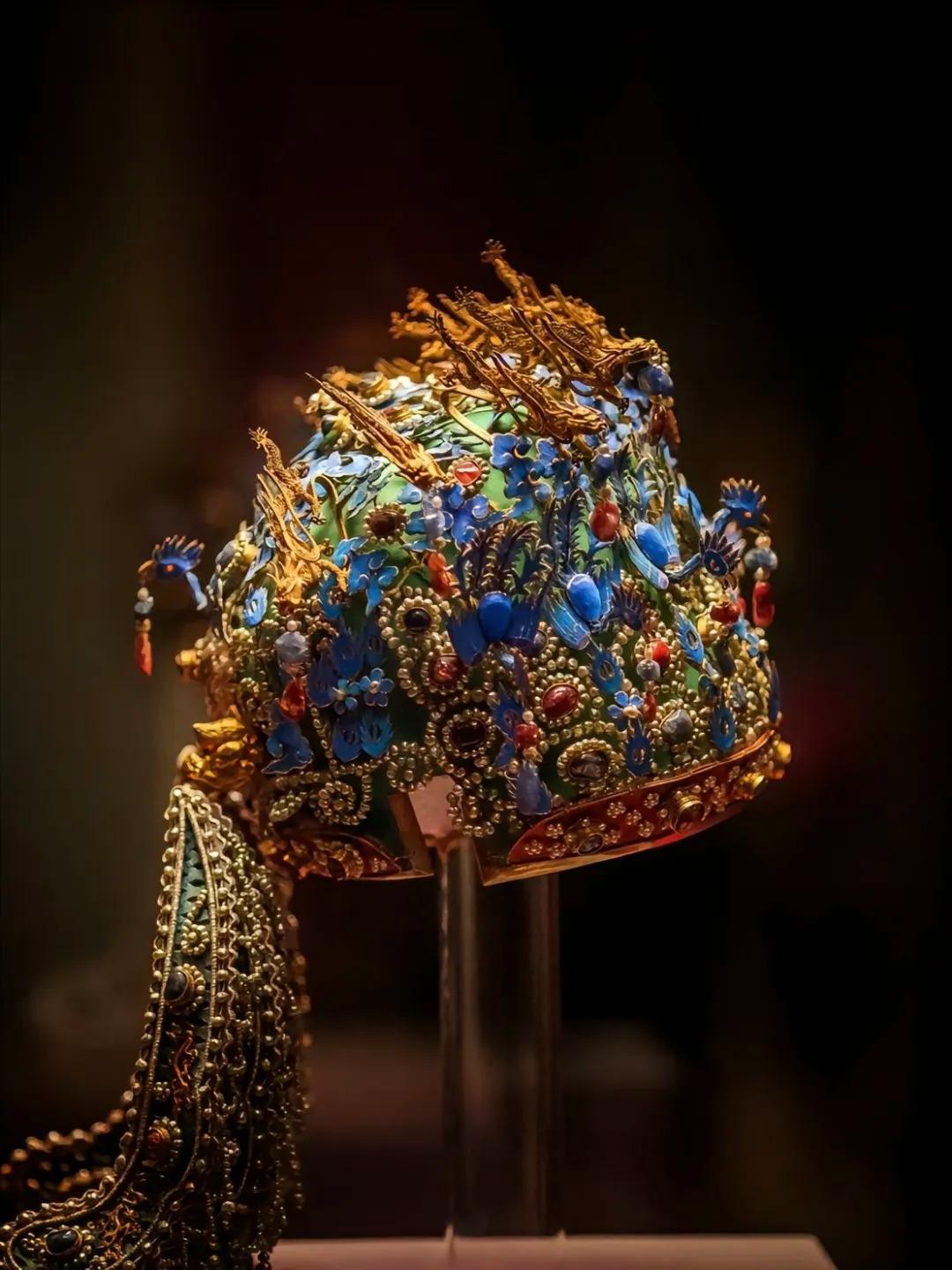
Photography Opportunities
- Museum Exterior: The grand facade of the National Museum of China, especially when viewed from Tiananmen Square, offers an impressive photographic subject that captures the blend of traditional and modern Chinese architecture.
- Ancient Artifacts: The museum’s collection of ancient bronzes, ceramics, and jade artifacts provides excellent opportunities for close-up photography of intricate historical objects (where permitted).
- Exhibition Halls: The spacious and well-designed exhibition halls, with their careful lighting and displays, offer unique photographic compositions that capture the essence of China’s historical narrative.
Modern Importance
- Educational Resource: The museum serves as a vital educational resource for students, researchers, and the general public, offering insights into China’s history, art, and culture through its extensive collections and educational programs.
- Cultural Diplomacy: As a world-class museum, it plays a significant role in cultural exchanges, hosting international exhibitions and collaborating with museums worldwide to promote understanding of Chinese culture.
- Preservation of Heritage: The museum’s state-of-the-art conservation facilities and research departments contribute to the preservation and study of China’s cultural relics, ensuring their survival for future generations.
- National Identity: The National Museum of China reinforces a sense of national identity and pride among Chinese citizens by showcasing the country’s long history and cultural achievements.
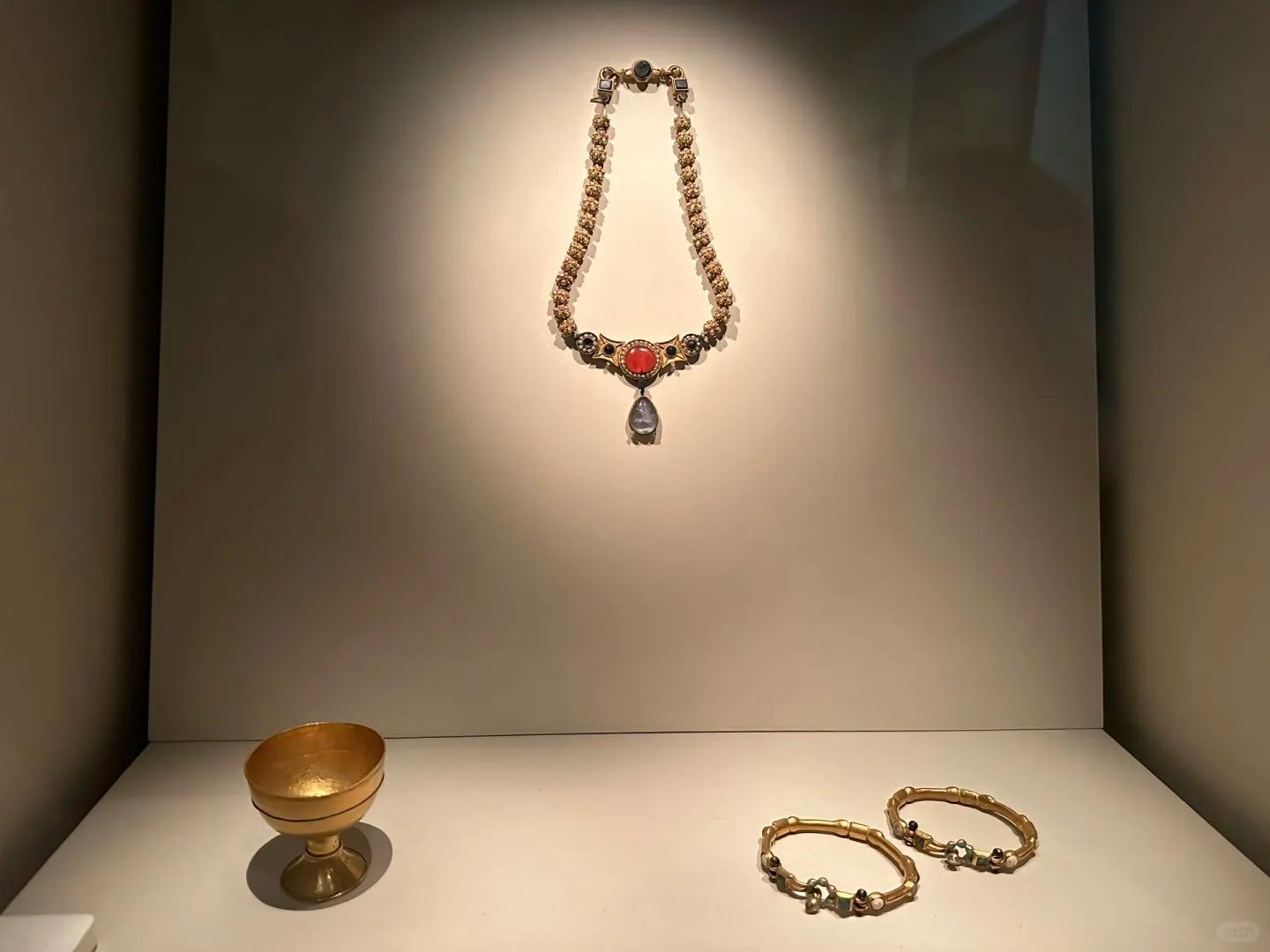
FAQ
- What is the National Museum of China famous for?
The National Museum of China is famous for its vast collection of artifacts that span Chinese history from prehistoric times to the modern era. It’s known for housing important national treasures and for being one of the largest museums in the world. - What’s inside the National Museum of China?
Inside the National Museum of China, visitors can find extensive exhibits covering Chinese history, art, and culture. This includes ancient bronzes, ceramics, jade artifacts, paintings, and historical documents. The museum also features exhibitions on modern Chinese history and temporary international exhibitions. - Is the National Museum of China free?
Yes, the National Museum of China is free to enter. However, visitors need to make a reservation in advance and bring valid identification for entry. - Is the National Museum of China worth visiting?
Yes, the National Museum of China is definitely worth visiting. It offers a comprehensive overview of Chinese history and culture, houses numerous national treasures, and provides insights into China’s development. Its location near other major attractions in Beijing also makes it a convenient stop for tourists. - What to do in the National Museum of China?
In the National Museum of China, visitors can explore the permanent exhibitions on Chinese history and art, view special temporary exhibitions, use interactive displays to learn more about specific artifacts, attend lectures or educational programs, and visit the museum shop for souvenirs. - How do I get to the National Museum of China in the local city?
In Beijing, you can easily reach the National Museum of China by taking Metro Line 1 to either Tiananmen East or Tiananmen West station. The museum is located on the east side of Tiananmen Square. Alternatively, numerous bus routes stop at Tiananmen Square East Station, which is right in front of the museum. - How to visit the National Museum of China?
To visit the National Museum of China, first make a reservation online or through their official WeChat account. On the day of your visit, bring your reservation confirmation and a valid ID. Allow plenty of time for security checks. Consider renting an audio guide or joining a guided tour for a more informative experience. Focus on the areas that interest you most, as the museum is very large and can be overwhelming to see in one visit.


